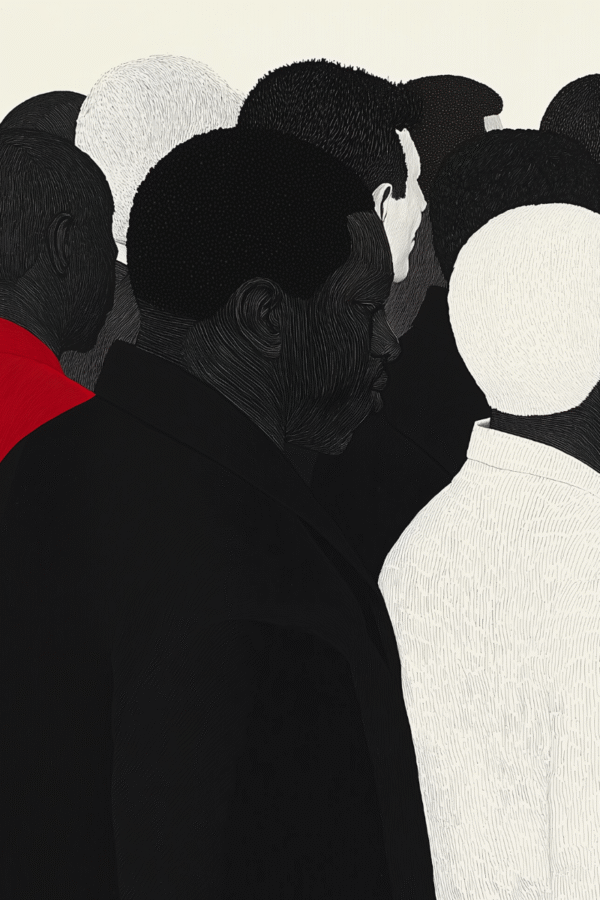If there’s one thing I’ve learned from running Stu Creatives and working as a marketing coordinator, it’s that building a successful online business isn’t just about having a great product — it’s about creating connection, consistency, and clarity.
In today’s digital landscape, every scroll, click, and purchase tells a story. And behind every story is a strategy. Whether you’re just starting out or refining your existing marketing plan, these are the best marketing strategies for online businesses that have transformed not only my perspective on how to attract and keep clients, but also my own growth as a marketer.
This post is all about the best marketing strategies for online businesses and lessons I’ve learned as a marketing coordinator.
photo by lummi
The Best Marketing Strategies for Online Businesses | Lessons I’ve Learned as a Marketing Coordinator
1. Start with Brand Clarity: Know Who You Are and Who You Serve
Before any ad, funnel, or social post — there’s identity.
When I first started Stu Creatives, I made the mistake of jumping straight into design and content without fully defining my brand voice. The result? Beautiful visuals that didn’t quite speak to the right audience.
Through trial and error, I realized:
Clarity always comes before creativity.
Start by asking yourself:
-
What problem do I solve and for whom?
-
What emotion or transformation do I want my brand to evoke?
-
How do I want my audience to feel after interacting with my business?
Once I aligned my visuals and messaging under one unified tone — bold, minimalist, and human-centered — everything else fell into place. Engagement rose. Inquiries increased. My brand felt alive.
2. Create Value-Driven Content That Connects
In my experience, content that performs best online doesn’t just sell — it serves.
As a marketing coordinator, I learned to think of content as a bridge. It connects your expertise to your audience’s pain points, curiosities, and aspirations.
That means blending education with empathy. For example, instead of just saying, “We offer branding packages,” I share behind-the-scenes moments, client transformations, or lessons from recent projects.
Try using this content framework:
-
Educate: Teach something your audience can apply right now.
-
Relate: Share a story or personal insight that makes your brand feel approachable.
-
Invite: End with a clear, friendly call to action (like “Read our latest blog” or “Let’s build your brand”).
Remember — algorithms change, but connection doesn’t.
3. Build Systems, Not Stress: Marketing Automation & Organization
At first, I was overwhelmed managing clients, campaigns, and content schedules. Then I discovered the power of automation tools like Notion, Google Sheets, and email marketing platforms.
Now, I treat marketing like a rhythm, not a race.
Some tools I swear by:
-
Notion for planning captions and content calendars.
-
Google Analytics to track what’s working (and what’s not).
-
MailerLite or Flodesk for automated email sequences that nurture leads.
Automation gave me back time — time to think strategically, create deeply, and rest intentionally.
4. Build Trust Before You Sell
People buy from brands they trust — not just ones that show up often.
I’ve seen first-hand how small, consistent gestures build loyalty faster than any hard-sell approach. Replying to comments, sharing authentic stories, showing gratitude — these moments matter.
When I started celebrating small client wins publicly and highlighting their journeys, it created a ripple effect. New followers began to associate Stu Creatives with real results and real people.
Creatives Guidebook Tip: Use testimonials, case studies, and “client highlight” posts to let your audience see your impact in action.
5. Prioritize Data & Adaptability
One of the best lessons I’ve learned as a marketing coordinator is that intuition + data = power.
Your instincts might tell you what’s resonating — but data confirms it. Check which blog posts drive the most clicks, what kind of content keeps people engaged longest, and which offers convert the best.
I review analytics weekly to spot patterns. Then, I pivot quickly if needed. Marketing isn’t a one-time plan — it’s a living, breathing process.
6. Build a Personal Connection Through Storytelling
The future of marketing is human.
Whether you’re a solo founder or part of a team, people want to connect with the story behind your brand. Sharing your journey — your challenges, lessons, and growth — builds relatability and trust.
When I began blending my personal insights as a woman in marketing with my professional wins, engagement skyrocketed. People weren’t just following Stu Creatives for design inspiration anymore — they were following the story.
Use your voice. It’s your strongest marketing tool.
7. Keep Learning, Keep Evolving
Marketing evolves daily — and so should you.
Between algorithms, AI tools, and shifting audience behavior, there’s always something new to learn. The key is to stay curious, stay adaptable, and never lose sight of the heart behind the hustle.
Every campaign, client, and post teaches you something — even the flops. Especially the flops.
Final Thoughts
If you take anything from my journey as both a marketing coordinator and a business owner, let it be this: The best marketing strategy is one that aligns who you are with how you serve.
Start simple. Stay consistent. Lead with purpose.
When you market from a place of clarity and care, the right audience always finds you and stays.
This post was all about the best marketing strategies for online businesses and lessons I’ve learned as a marketing coordinator.
Did this blog post help you? What are your thoughts on this topic? Comment below.



